Market Analysis
In-depth Analysis of Oilfield Biocides Market Industry Landscape
The market dynamics of the oilfield biocides industry are influenced by various factors that impact supply, demand, and pricing within the market. Oilfield biocides are chemical substances used to control the growth of microorganisms such as bacteria, algae, and fungi in oil and gas production operations. One of the primary drivers of this market is the increasing demand for oilfield biocides to prevent microbial contamination and maintain the integrity of oil and gas production facilities. Microbial growth in oilfield operations can lead to corrosion, biofouling, souring, and other issues that can negatively impact production efficiency and equipment integrity. As oil and gas companies strive to optimize production and ensure asset integrity, there is a growing need for effective biocide solutions, driving market growth in this segment.
Moreover, technological advancements in oilfield biocide formulations and application methods play a significant role in shaping market dynamics. Manufacturers are continually innovating to develop new biocide products with improved efficacy, compatibility, and environmental sustainability. These advancements enable oilfield operators to address microbial challenges more effectively while minimizing the environmental impact of biocide use. As technology evolves and regulatory pressures increase, the demand for environmentally friendly and cost-effective biocide solutions is expected to grow, further propelling market expansion in this segment.
Furthermore, the diverse range of applications for oilfield biocides across different segments of the oil and gas industry drives demand and market dynamics. In upstream operations, oilfield biocides are used to control microbial growth in drilling fluids, well stimulation treatments, and water injection systems. In midstream operations, biocides are used to prevent microbial contamination in pipelines, storage tanks, and transportation vessels. In downstream operations, biocides are used to maintain product quality and prevent microbiological issues in refineries, petrochemical plants, and fuel storage facilities. The wide-ranging utility of oilfield biocides ensures steady demand and drives manufacturers to innovate and develop new applications, further propelling market growth.
Regulatory compliance and environmental concerns also play a crucial role in shaping the oilfield biocides market dynamics. Governments worldwide are implementing stricter regulations aimed at protecting the environment and ensuring the safety of chemicals used in industrial processes. Oilfield operators are required to adhere to stringent standards and guidelines for the use and disposal of biocides, driving demand for environmentally friendly and biodegradable options. Manufacturers are responding to these regulatory requirements by developing biocide products that meet or exceed industry standards, thereby driving market expansion in this segment.
Competition within the oilfield biocides market is intense, with several key players vying for market share. Companies differentiate themselves through product quality, innovation, technical support services, and customer relationships. Moreover, strategic partnerships, mergers, and acquisitions are common strategies employed by industry players to expand their market presence and gain a competitive edge. Additionally, pricing strategies play a crucial role in market dynamics, with manufacturers often adjusting prices in response to changes in raw material costs, competition, and market demand.
Global economic conditions and geopolitical factors also influence the oilfield biocides market dynamics. Fluctuations in crude oil prices, currency exchange rates, trade tariffs, and political instability can impact oil and gas exploration and production activities, affecting the demand for oilfield biocides. Furthermore, shifts in energy consumption patterns, technological advancements, and regulatory developments across different regions influence market demand and consumption patterns, driving manufacturers to adapt their strategies accordingly.

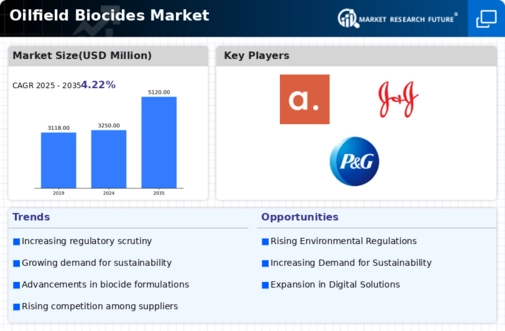

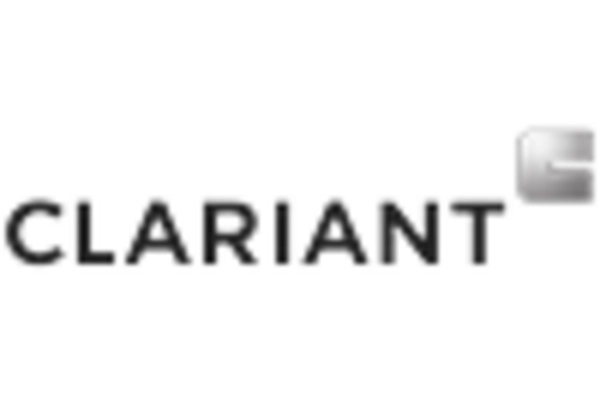
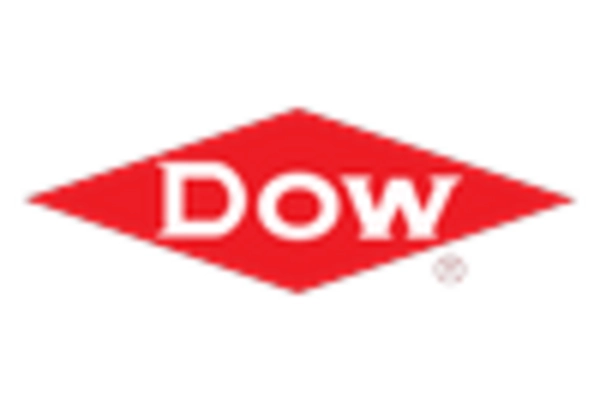
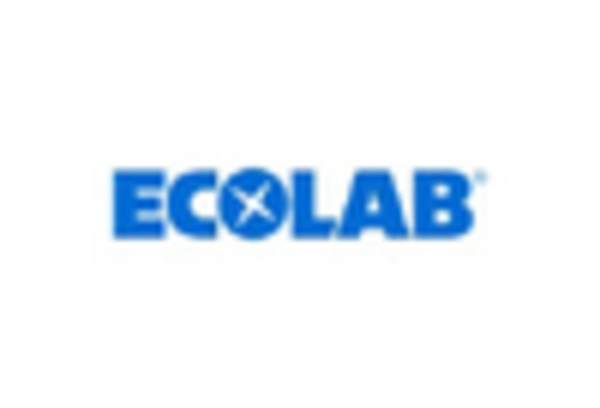
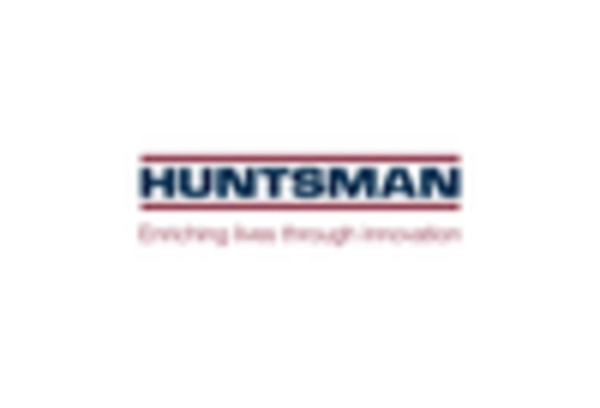










Leave a Comment